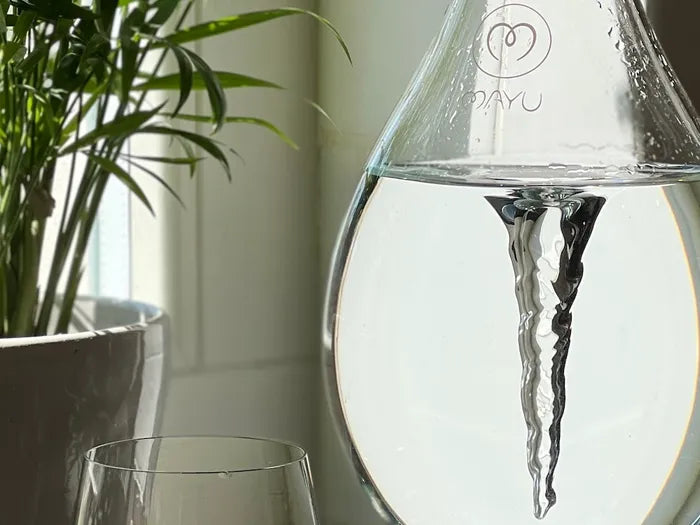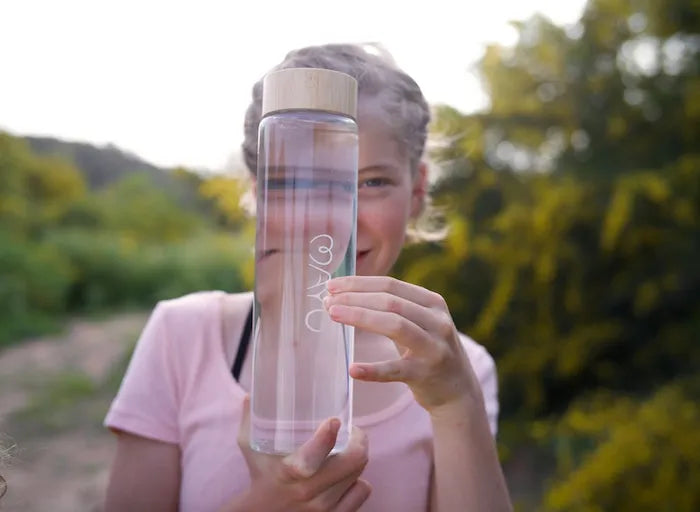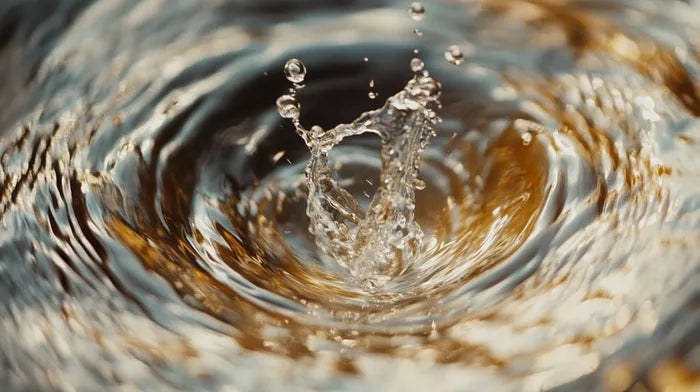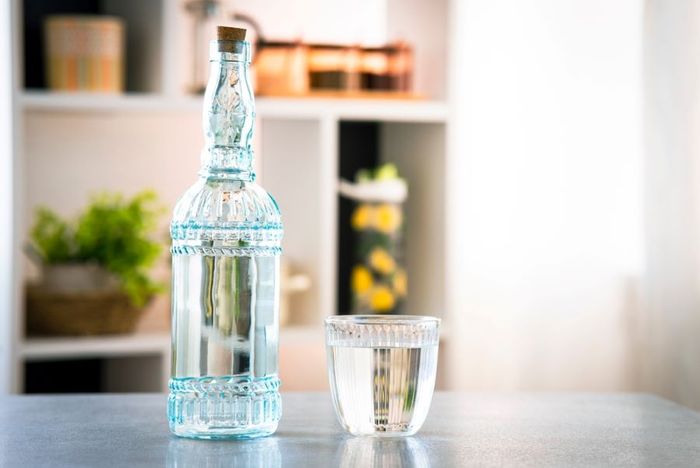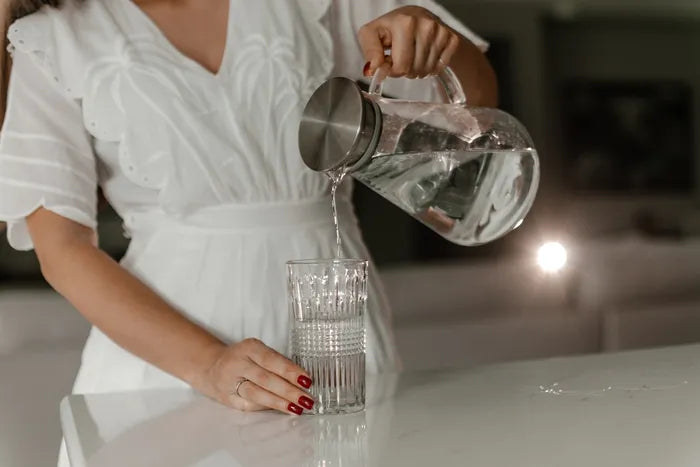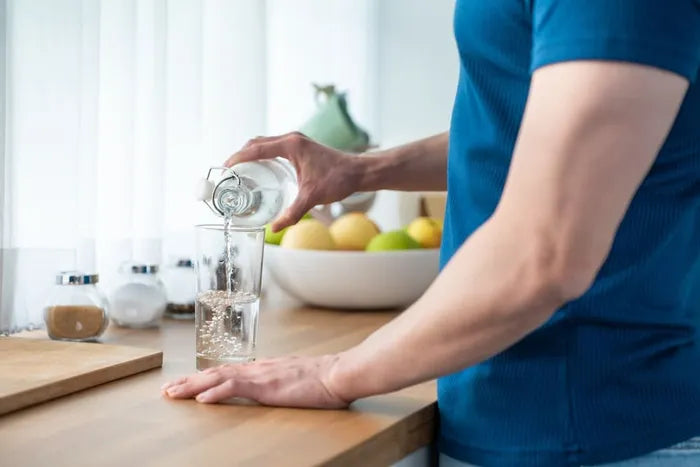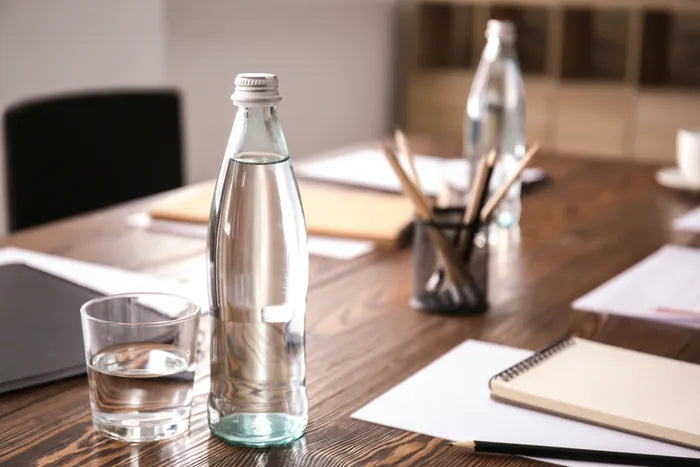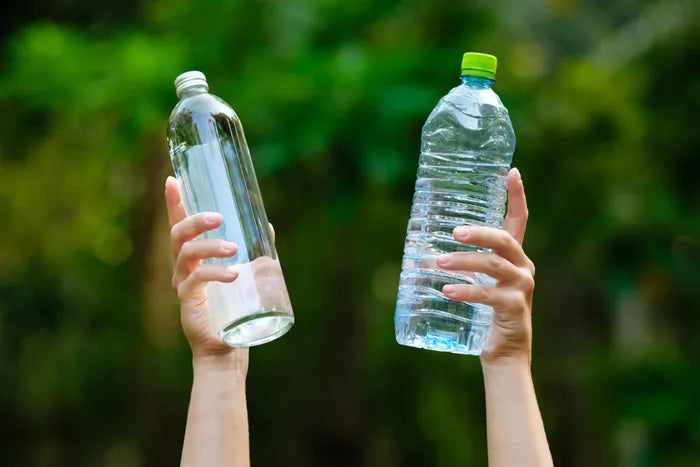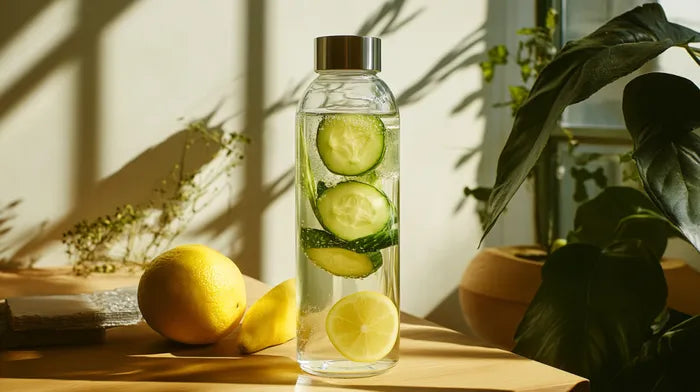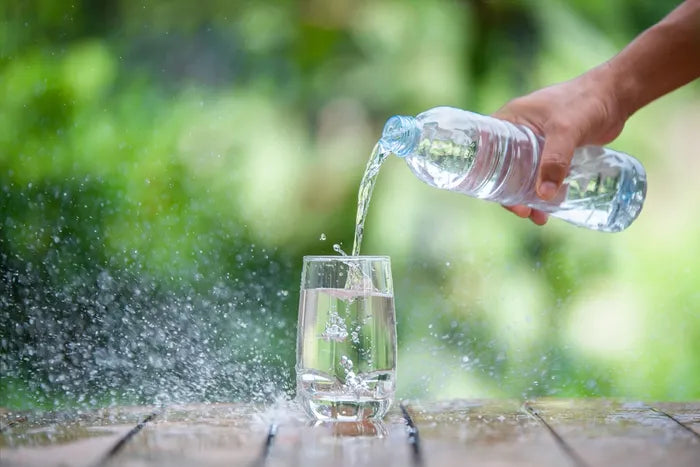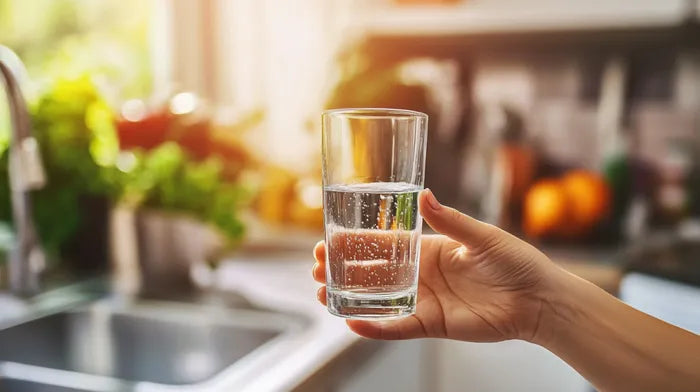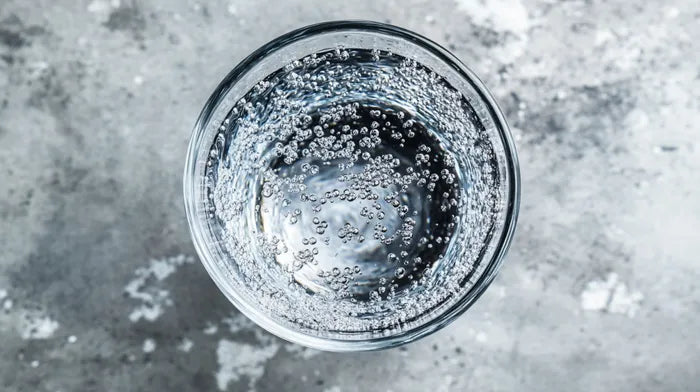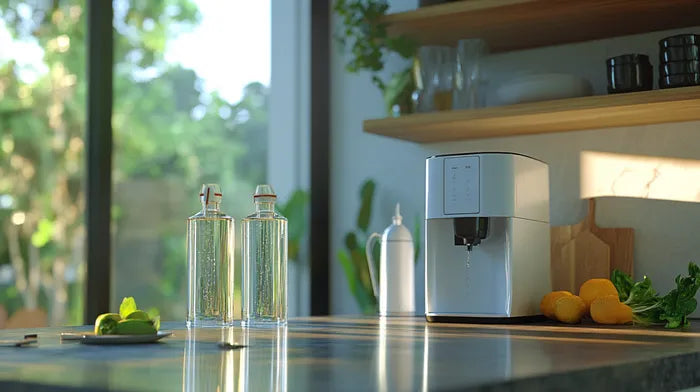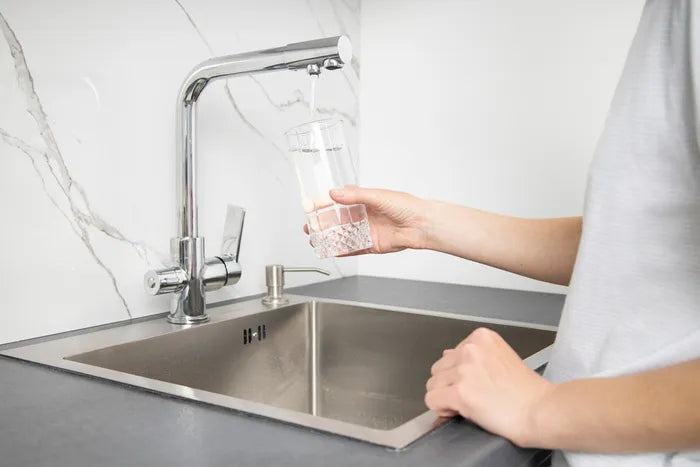4 Alternatives to Reverse Osmosis for Better Tasting Water
Reverse osmosis (RO) filters used to be the gold standard for home water purification. But lately, they’ve been getting a lot of flack for wasting water and stripping it of essential minerals. So, let's check out some alternatives that you can use.
Updated February 11, 2025

Our water isn't as clean as we think it is. What flows from our taps is a cocktail of contaminants, from lead and pesticides to microplastics and pharmaceuticals.
Reverse osmosis (RO) systems are the gold standard of water purification. But, in solving problems, they just create others. How? By stripping away essential minerals our body needs.
But what if there was a better way?
Benefits and Drawbacks of Reverse of Osmosis
Benefits of Reverse Osmosis
- Effective Contaminant Removal: RO systems remove bacteria, viruses, heavy metals, nitrates, and chemicals. The result is a safe drinking water, especially for those with weakened immune systems.
- Enhanced Taste and Odor: Impurities can make your water taste or smell bad. RO systems clean and refresh tap water, making it more enjoyable to drink.
- Reduced Risk of Waterborne Illnesses: Systems based on reverse osmosis eliminate harmful microorganisms and contaminants, lowering the risk of waterborne diseases.
- Eco-Friendly Choice: Overreliance on bottled water creates plastic waste, so much so that a single person in the US is guilty of producing over 480 lbs each year. [1] Using an RO system helps you minimize your impact on the environment.
- Softer Water: Water that we consider "hard" has high amounts of magnesium and calcium. [2] You might notice it if your glasses being less clear after each washing. RO systems can soften the water, removing these minerals and protecting your appliances from limescale.
Drawbacks of Reverse Osmosis
- Water Wastage: A significant drawback of RO systems is the amount of water they waste. For every gallon of purified water produced, 3 to 6 gallons may be wasted as wastewater. This can lead to higher water bills and environmental concerns.
- Removal of Essential Minerals: While RO systems effectively remove harmful contaminants, they also remove beneficial minerals like calcium and magnesium. Over time, this can lead to mineral deficiencies if your diet doesn't compensate for the loss.
- Flat Taste: Some people find that RO water tastes flat or bland because it lacks dissolved minerals. This might not be appealing to those who prefer water with a more robust flavor.
- Upfront Costs and Maintenance: RO systems can be expensive to purchase and install. Plus, they need maintenance every few months, which adds to the overall cost over time.
- Slow Filtration: RO systems are slower than other filtration methods because water has to pass through tiny membrane pores. This can be inconvenient if you need a large amount of purified water quickly.
4 RO Alternatives to Improve Water Taste
1. Structured Water Devices
Structured water offers a refreshing alternative to reverse osmosis. It's similar to the pure, uncontaminated water found in glaciers, free of chemicals and designed for optimal hydration. Unlike tap or bottled water, structured water is easily absorbed by your body, providing better hydration and supporting a strong immune system.
The MAYU Swirl Pitcher transforms ordinary tap water into softer, silkier water that your body readily absorbs. It's a simple way to enjoy the benefits of structured water at home.
When drinking RO water, consider using MAYU Water's Essential Minerals Drops to replenish the essential minerals like magnesium and potassium that are removed during filtration. These drops offer a healthy and effective alternative to sugary electrolyte drinks.
2. Activated Carbon Filters
Activated carbon filters typically have a lower upfront cost compared to RO systems, making them more accessible for households and small businesses. While RO is excellent for removing dissolved salts and heavy metals, it may not be as effective against certain organic contaminants.
Filters made from activated carbon are highly effective at adsorbing a wide range of organic compounds, chlorine, and volatile organic chemicals. Plus, unlike RO systems, they function passively, making them suitable for off-grid applications or areas with unreliable electricity supply.
3. Distillation Units
Distillation removes a wide range of contaminants, including salts, heavy metals, and organic compounds. This process involves boiling water and then condensing the steam back into liquid, which leaves impurities behind.
In contrast, while RO is effective for many contaminants, it may not remove all volatile organic compounds and certain chemicals without additional filtration stages.
The distillation process does not rely on membranes that can become fouled or clogged over time, which is a common issue with RO systems. This reduces the need for regular maintenance and replacement of membranes, leading to lower long-term operational costs.
4. Ultraviolet (UV) Disinfection
UV disinfection is highly effective at inactivating a wide range of pathogens, including bacteria, viruses, and protozoa. It works by damaging the DNA or RNA of microorganisms, rendering them unable to reproduce and cause disease. This capability makes UV treatment particularly valuable in scenarios where microbial contamination is a concern.
Unlike some chemical disinfection methods, UV disinfection does not introduce any chemicals into the water. This eliminates the risk of harmful chemical byproducts, making it a safer choice for drinking water treatment.
But, UV disinfection does not remove dissolved solids, heavy metals, or chemical contaminants from water. For sources with significant inorganic or chemical pollution, RO may still be necessary.
Clear Your Way to Healthier, Tastier Water
While reverse osmosis is a widespread method for water purification, it's not without its shortcomings, notably the removal of essential minerals and potentially prohibitive cost.
But with the alternatives like structured water, activated carbon filters, distillation, or ultraviolet disinfection, you have multiple paths to cleaner, healthier, and tastier water.
The question now is, armed with these insights, which water purification method will you choose for better-tasting and healthier water?
References:
- “Plastic pollution is growing relentlessly as waste management and recycling fall short, says OECD,” OECD, Feb. 22, 2022. Available: https://www.oecd.org/en/about/news/press-releases/2022/02/plastic-pollution-is-growing-relentlessly-as-waste-management-and-recycling-fall-short.html
- “Hardness of water | U.S. Geological Survey,” Oct. 22, 2019. Available: https://www.usgs.gov/special-topics/water-science-school/science/hardness-water
Disclaimer: The information published by MAYU Water is not a substitute for the expert knowledge, advice, and recommendations of trained professionals. We strongly recommend consulting with industry experts and primary or scientific sources before making any health, research-related, or other important decisions.












